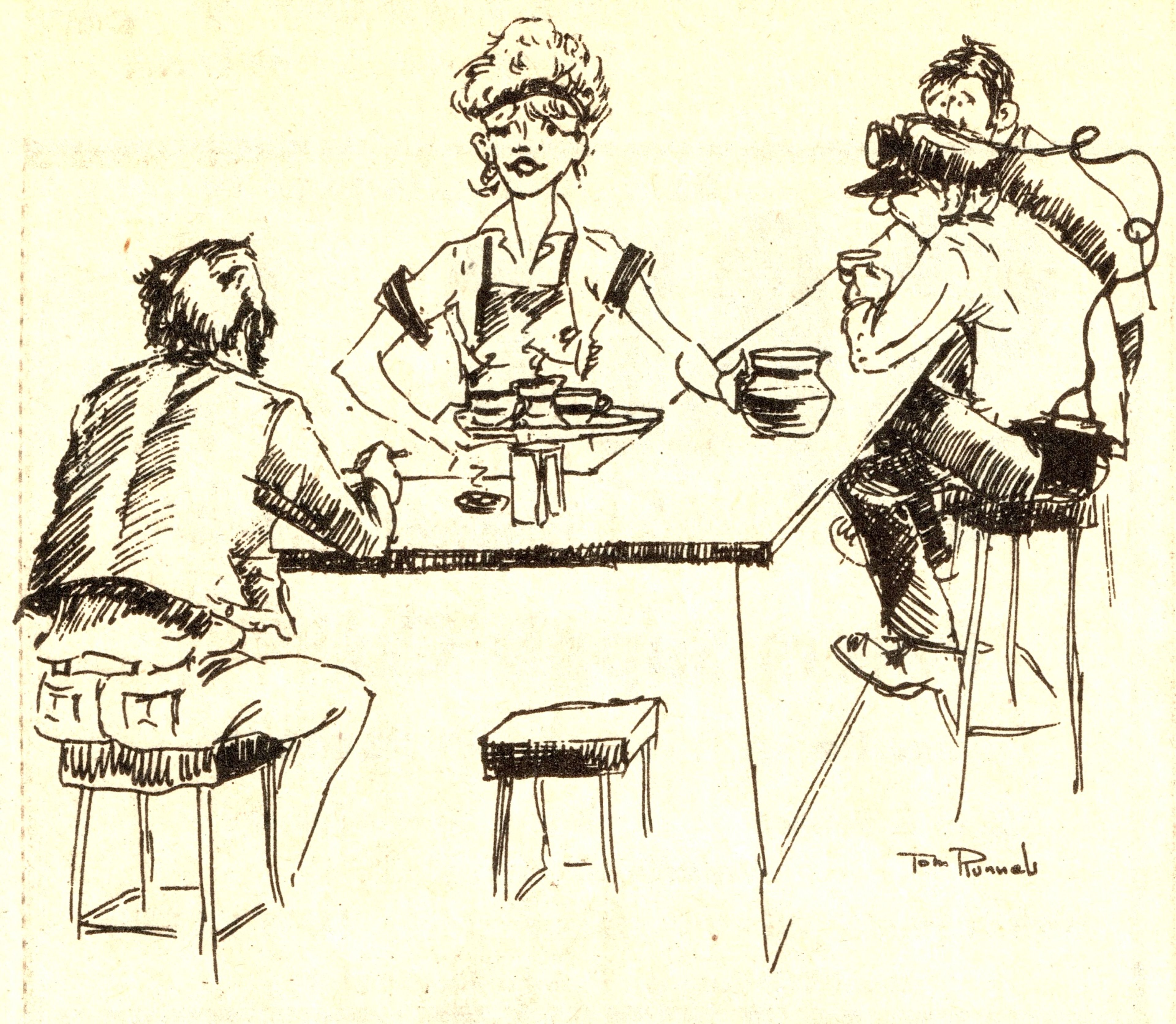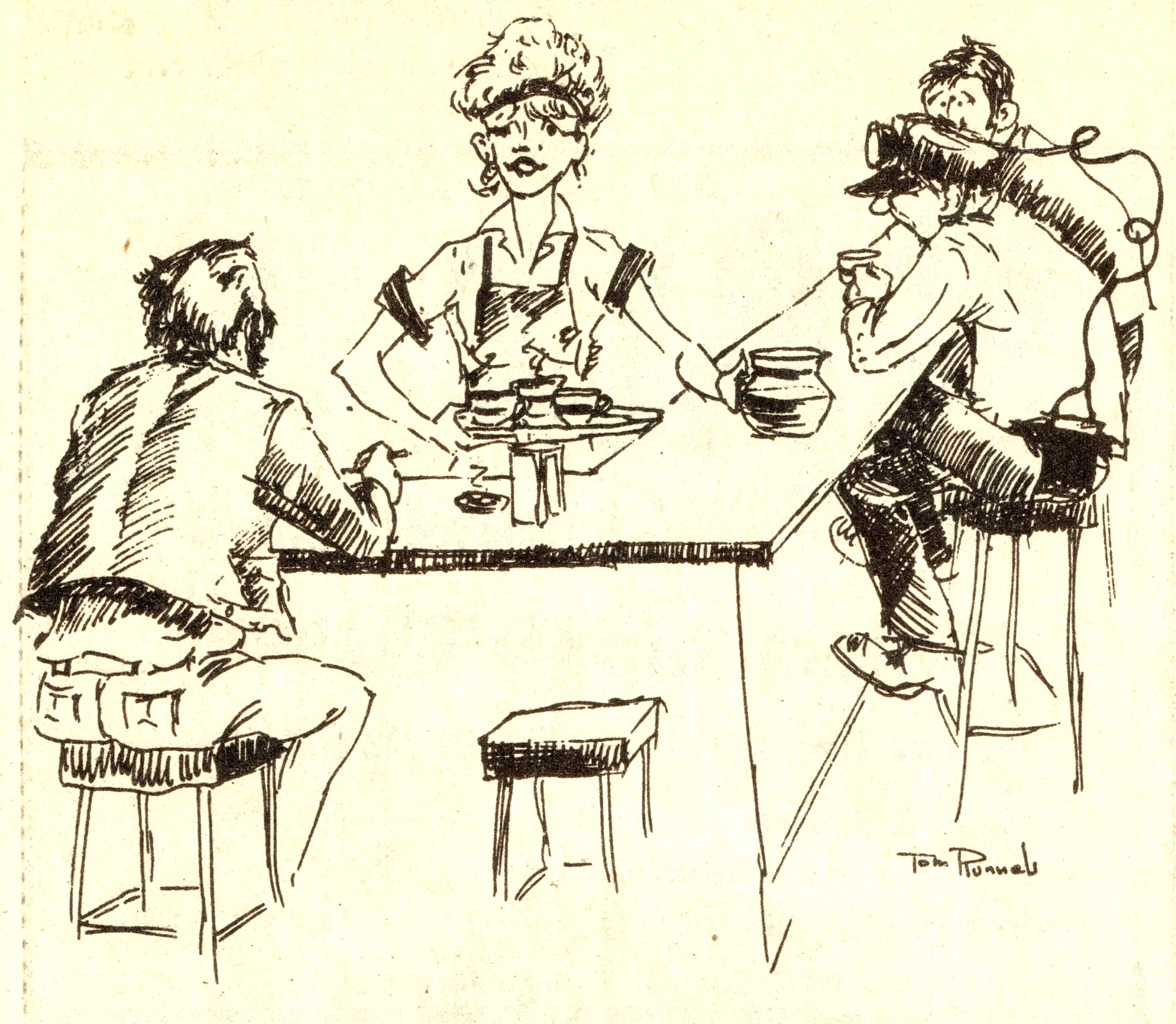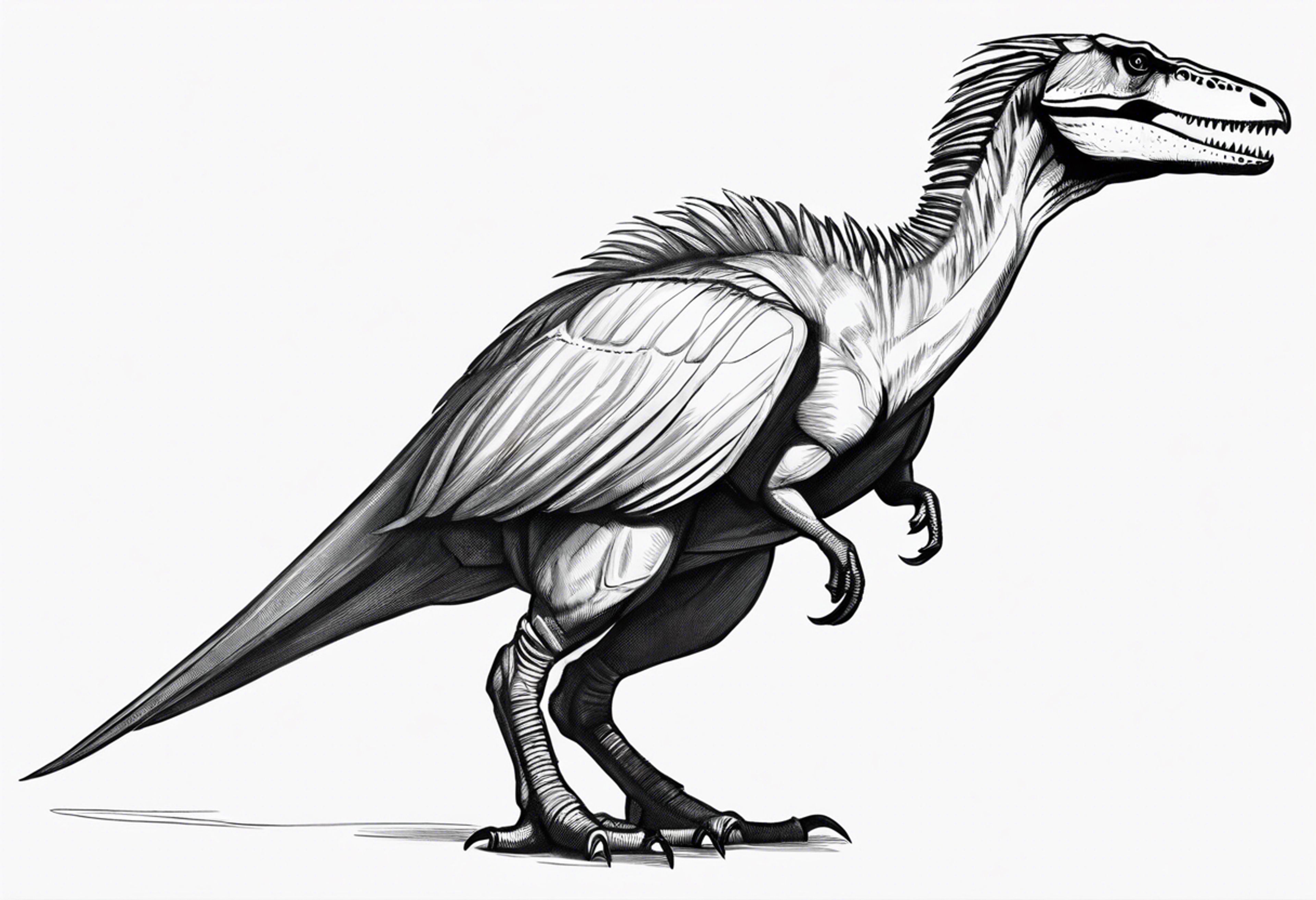There is more to a domestic dog than its bark or woof-woof, which is its way of communicating. I suppose you could
call that dog talk.
According to Wikipedia and other sources, dog communication is how the animal conveys information to other dogs, other animals, and people. Other ways of communicating include eye gaze, facial expression, vocalization, body posture including movements of bodies and limbs and gustatory communication like scents, pheromones and taste.
Humans communicate with dogs by using vocalization, hand signals, and body posture. With their acute sense of hearing
dogs rely on the auditory aspect of communication for understanding and responding to various cues. Different barking patterns may convey different messages.
Domestic dogs inherited complex behaviors, such as bite inhibition, from their wolf ancestors. The gray wolf is the dog's closest living relative. Experts estimate that hunter-gatherers domesticated dogs thousands of years ago. The dog has been
selectively bred over time for various behaviors, sensory capabilities, and physical attributes. Dog breeds vary widely in shape,size, and color. They also perform many roles for humans such as hunting, herding, pulling loads, protection, assisting police and the military companionship, therapy, and aiding disabled people such as those who are blind.
All healthy dogs, regardless of their size and type, have an identical skeletal structure with the exception of the number of bones in the tail. However, there is a significant skeletal variation between dogs of different types. The dog's skeleton is well adapted for running since the vertebrae on the neck and back have extensions. These extensions include back muscles, consisting of epaxial muscles and hypaxial muscles to connect to: "the long ribs provide room for the heart and lungs, and the shoulders are unattached to the skeleton, allowing for flexibility."
The earliest remains generally accepted to be those of a domesticated dog were discovered in Bonn-Oberkassel, Germany.
This dog was dated to 14,223 years ago. It was found buried along with a man and a woman. All three had been sprayed with red hematite powder and buried under large, thick, basalt blocks. The dog had died of canine distemper. Earlier remains dating back to 30,000 years ago have been described as Paleolithic dogs, but their status as dogs or wolves remains debated because considerable morphological diversity existed among wolves during the Late Pleistocene.
Dogs can have some of the same health conditions as humans, including diabetes, dental and heart disease, epilepsy, cancer, hypothyroidism, and arthritis.
I personally think the dogs I have owned throughout the years have certainly been best friends.
SUE VOGELSANGER of Cape Girardeau, a longtime contributor to The Banner Press, has strong familial ties to Bollinger County. Her columns are scheduled to run on the first Wednesday of the month.








